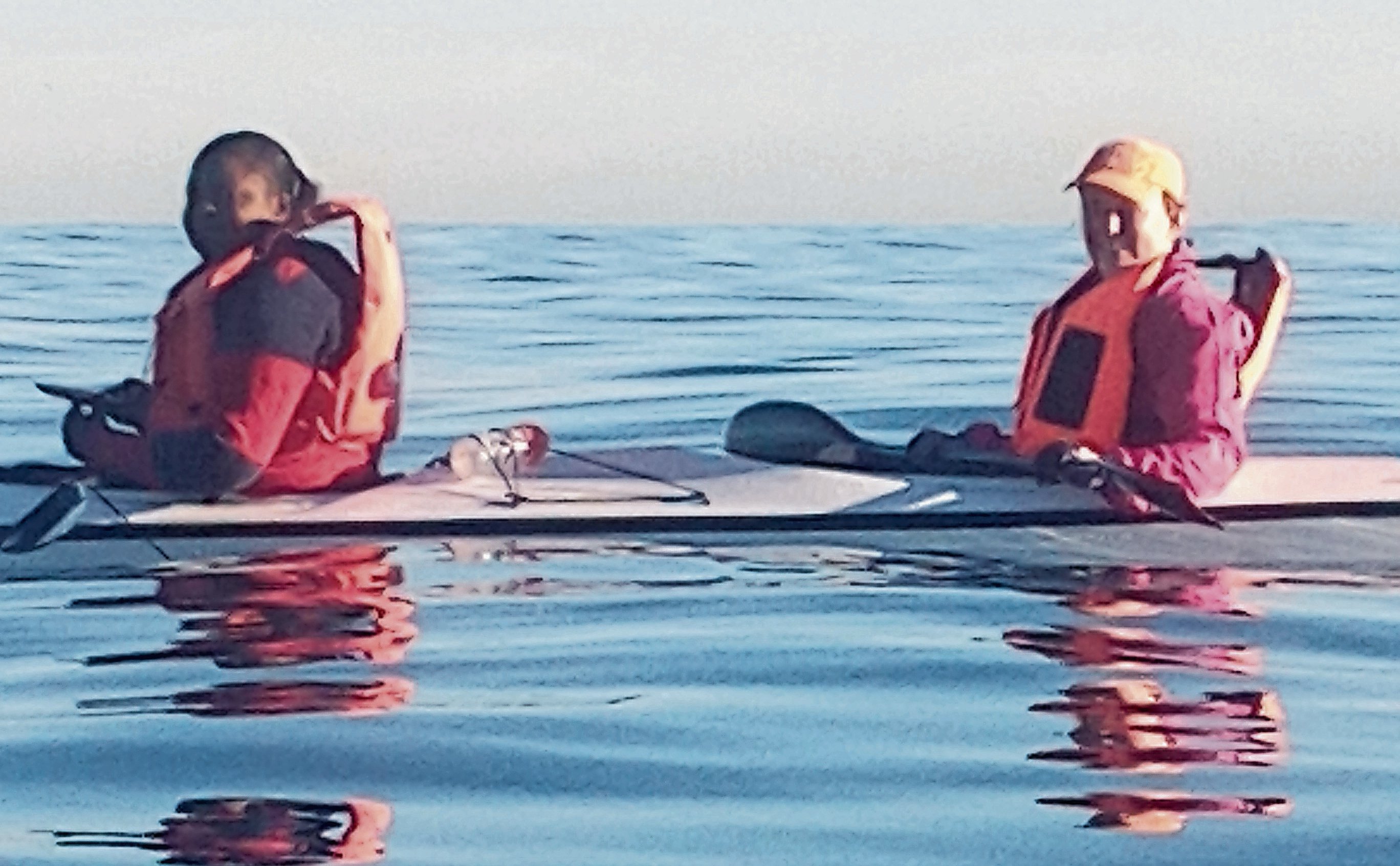Professor Leslie Petrik
Professor Leslie Petrik, Department of Chemistry, University of the Western Cape
The City of Cape Town discharges a large volume of untreated or partially treated sewage effluent into the ocean via outlets located around the Cape Peninsula. This sewage contains a high degree of contaminants, including chemicals, pesticides, perfumes and disinfectants, which up until recently could not be accurately measured.
Many contaminants are able to pass through wastewater treatment systems without adequate removal, as well as through systems used in desalination plants, or through treatment systems for wastewater reuse. To make matters worse, 80% of wastewater treatment plants are only marginally functioning, a situation that deteriorated further with the concentrations of effluent caused by water use restrictions during the Cape’s recent drought.

Risks to humans
Uncertainty over the magnitude of risk of human exposure to these contaminants means it is necessary to measure their levels in the ocean, as well as in potential sources of potable “reclaimed” water, such as desalinated sea water.
Senior scientists from the University of the Western Cape, the University of Cape Town and Stellenbosch University, in partnership with others from the University of Stavanger and the International Research Institute of Stavanger in Norway, are conducting a substantial study of the seasonal behaviour of the effluent outfall plumes around Cape Town and the current outfall flow rate impacts, neither of which have previously been studied. The areas being studied are Table Bay, the Atlantic seaboard and False Bay.
There is also a clear need for democratic participation in decision-making on the issue, for urban planners to be on board and for the public to become more aware of the consumer choices they make in respect of the purchasing and disposing of harmful chemicals and pharmaceuticals, which have direct effects on long-term wellbeing of humans and marine species.